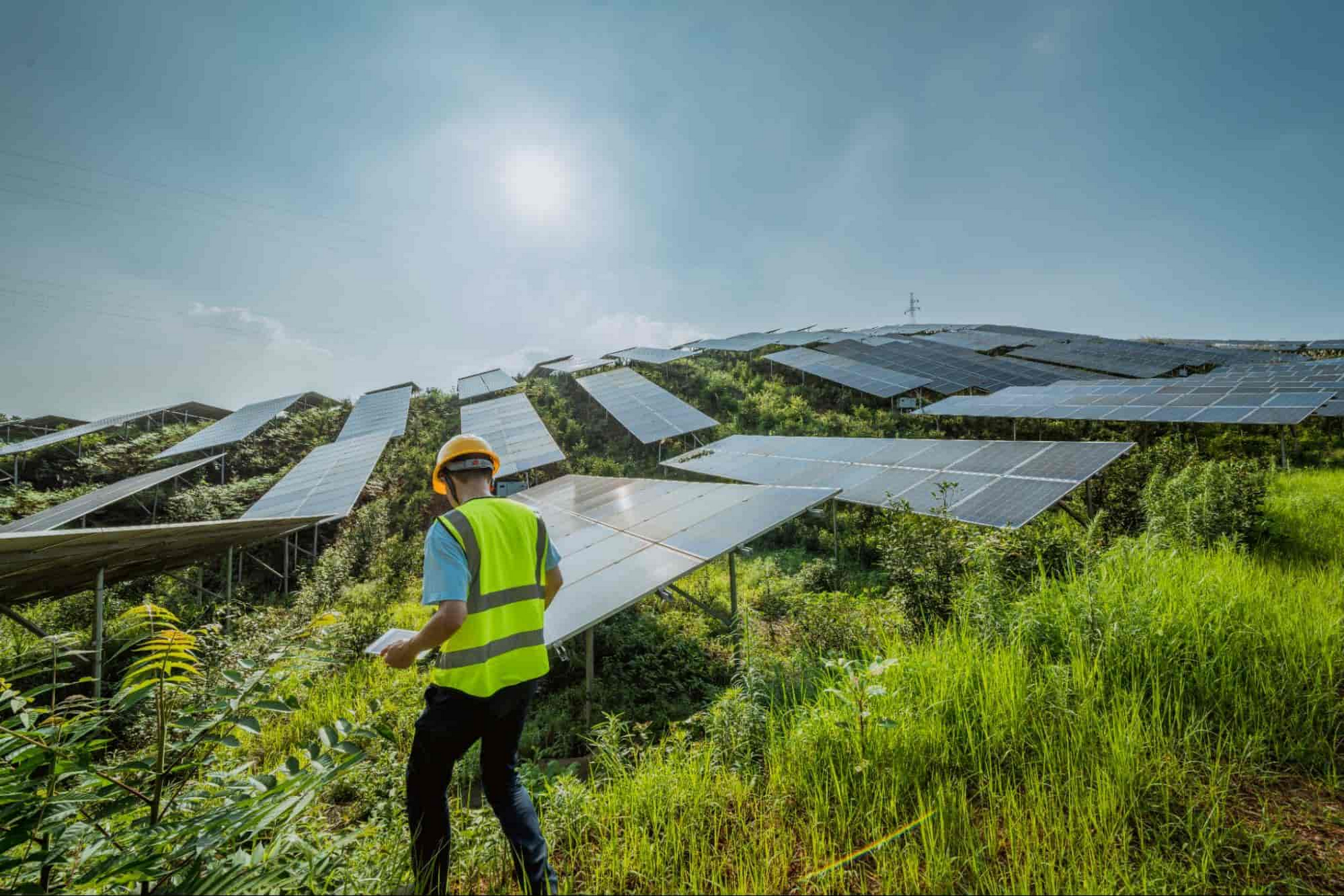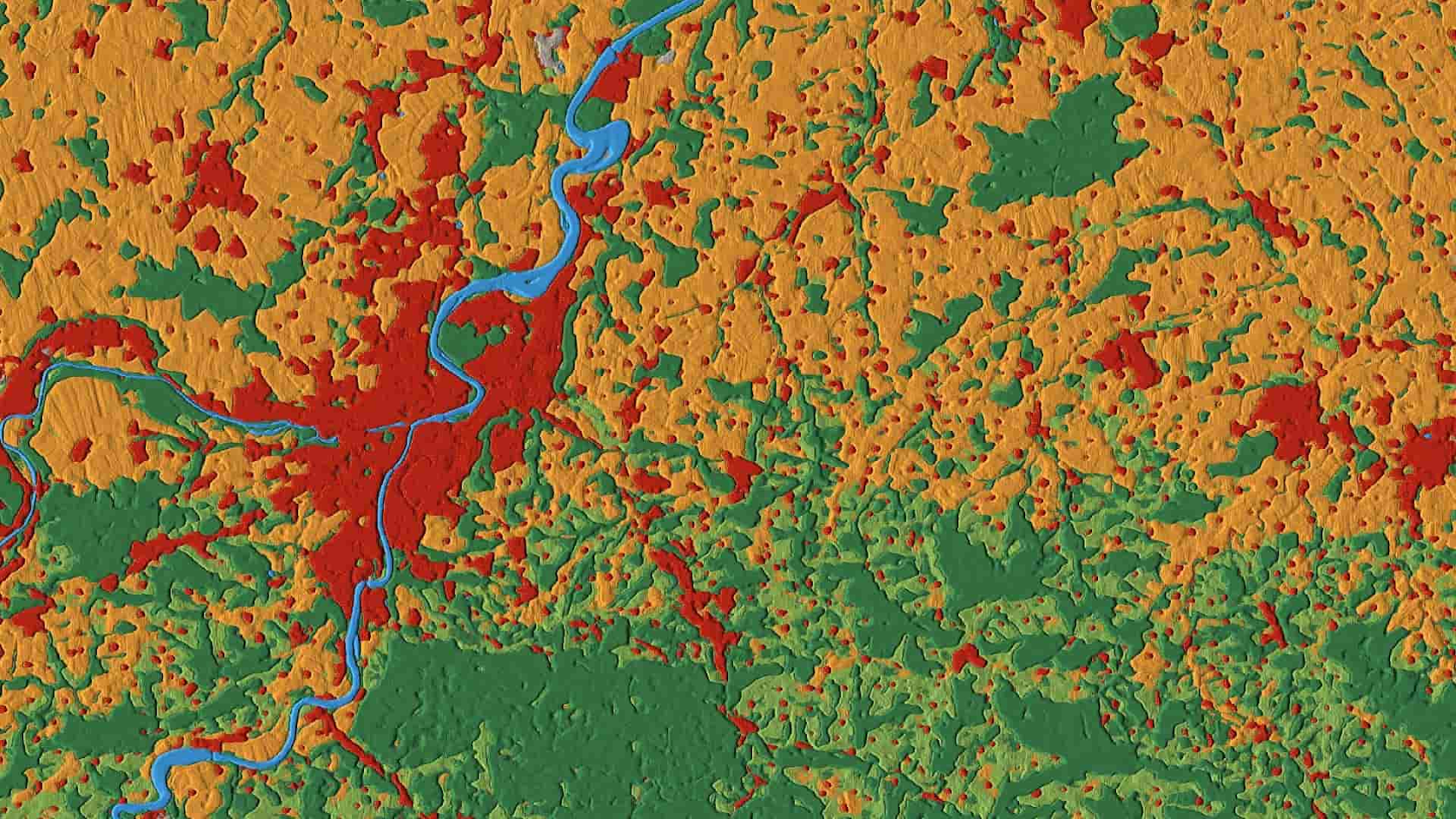Small steps, big impact: Lessons from the cleanest cloud on building sustainable business

Justin Keeble
Managing Director for Global Sustainability
Solving climate change is not unlike working in the cloud, where lots of little actions add up quickly
Almost every company is looking to make their business more sustainable these days. And rightly so: the UN declared this spring that it really is “now or never” to limit global warming to 1.5 degrees Celsius/2.7 degrees Fahrenheit and keep the planet from becoming “uninhabitable.”
From a focus on production inputs to green buildings to logistics—not to mention our big interest, IT efficiency—it’s an issue industry leaders are putting a lot of thought into. Results, though, may still be lagging. About 86 percent of the nearly 1,500 executives recently surveyed by Google Cloud and the Harris Poll believe their sustainability efforts are having an impact. Yet barely one-third of those executives had the measurement tools in place to track their sustainability efforts, and just over one in eight are using measurements to optimize their operations.
It’s a challenge we know well at Google, and one we have been tackling for years, since our first pledge of carbon neutrality back in 2007.


Today, Google Cloud is proud to operate the industry's cleanest cloud, matching our energy consumption with 100% renewable energy (not just carbon credits, but real power) since 2017, driven by investments in wind and solar projects. We've made the goal to power all of Alphabet, from data centers to storage, offices, and other facilities with carbon-free energy by 2030. Every one of our customers, if they are running a traditional information technology operation, immediately transforms their IT carbon footprint the moment they operate on Google Cloud.
The best part is, we know it's not enough.
Analytics for better benchmarking and insights
That transfer of IT operations from carbon-emitting to renewable energy sources is then followed with operational improvements. Our recently-announced Carbon Sense suite enables customers to accurately track and visualize any carbon emissions coming from their organization's cloud projects, and then provides insights for action via dashboards and charts. They can optimize key inputs like price, latency to end users, and carbon footprint as they choose where to run their workloads.
There are obvious benefits to this approach, including improvement over previous systems of work, and a richer understanding of overall IT practices and consumption. Beyond these, there are benefits in meeting regulatory requirements and offering accountability and transparency to both regulators and customers. Internally, the commitment to sustainability, backed up by facts, has positive effects on company culture.
Like the cloud, combating climate change is not only a problem of new invention and sweeping policy but also thousands and billions of developments each building on one another.
Then there is the rest of the company. For many businesses, the carbon generated by IT, mostly from the electricity of coal and natural gas-burning power plants, may be a very small amount of the enterprise's total carbon footprint. In some cases it's just 1 percent of the total. We're working with them on the other 99 percent, too.
How? By thinking about the problem of excess carbon the same way we got the problem—not as a single tragic event, but as a myriad of individual acts. Automobiles are part of the problem in theory, but lowering the carbon consumption of millions of individual cars (with better routing, helping drivers of electric vehicles locate charging stations, and information about bike riding for short trips) is key to the solution. Methane leaks are a problem in theory, but they are found and fixed one by one (sometimes with the help of Google Maps.)
Powering a greener planet with Earth Engine
Besides offering the cleanest cloud, Google Cloud works with customers to find and improve their sustainability performance away from IT. Recently Earth Engine for Google Cloud, a leading technology for planetary-scale environmental monitoring, became generally available for all Google Cloud customers.
Earth Engine offers a combination of rich satellite data and powerful computing, supported by our large-scale data and machine learning platform, BigQuery, which together amount to a new tool for science and industry. With it, we’re analyzing the world in its intricacies as never before, and can show timely, accurate, high-resolution insights about the state of the world’s habitats and ecosystems—and how they’re changing over time.
Among the initial uses are responsible commodity sourcing, reduced carbon emissions through better understanding of what is being used, sustainable land management, and better risk management. This last aspect, along with better prediction and operational cost management, will help people better foresee and deal with extreme weather events and other effects of climate change.


Already, Earth Engine is being leveraged by customers like Natural Resources Canada (NRCan) to power climate resilience research and drive awareness about climate sustainability. NRCan uses Earth Engine to map the status and trends of vegetation across Canada, generating monthly maps of conditions, such as canopy cover at 20-meter resolution, to support environmental monitoring and assessment. These maps contribute to global datasets that are ultimately used to reduce uncertainty in weather and climate forecasts.
We believe strongly that better sustainability practices will engender not just better business practices; they will transform many industries, and create entirely new businesses.
Take for example Nuuly, Urban Outfitter's digitally-based rental and resale business, created in just 10 months on Google Cloud. Subscribers try out new styles by picking out six items monthly, wear them as much as they like, then return them. Voila, a vibrant consumer business with less waste and better resource use. Nuuly is constantly experimenting with new offerings, such as e-thrifting of its worn merchandise, which is possible thanks to the versatility and adaptability of its cloud platform.
Make no little plans, take lots of little actions
Google was itself a cloud-based company practically from inception, and grew to become Alphabet through a strong belief in the power of data analysis, and by the aggregation of individual parts. Search is based on scanning and logging billions of Web pages to give each individual the likely few they need. To a large extent, revenue comes from aggregating billions of individual low-cost online ads. Internally, our software works by launching and managing enormous amounts of individual containers of code.
It's no surprise, then, that we see ending climate change and promoting sustainability in a similar light. Combating climate change is not only a problem of new invention and sweeping policy but of new data-derived insights, thousands and billions of developments each building on one another, leading to new learning and action.
This is how our customers are already finding not only a means to a better carbon footprint, but new ways of seeing, acting, and creating value for their business and the world.



